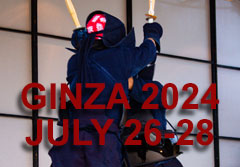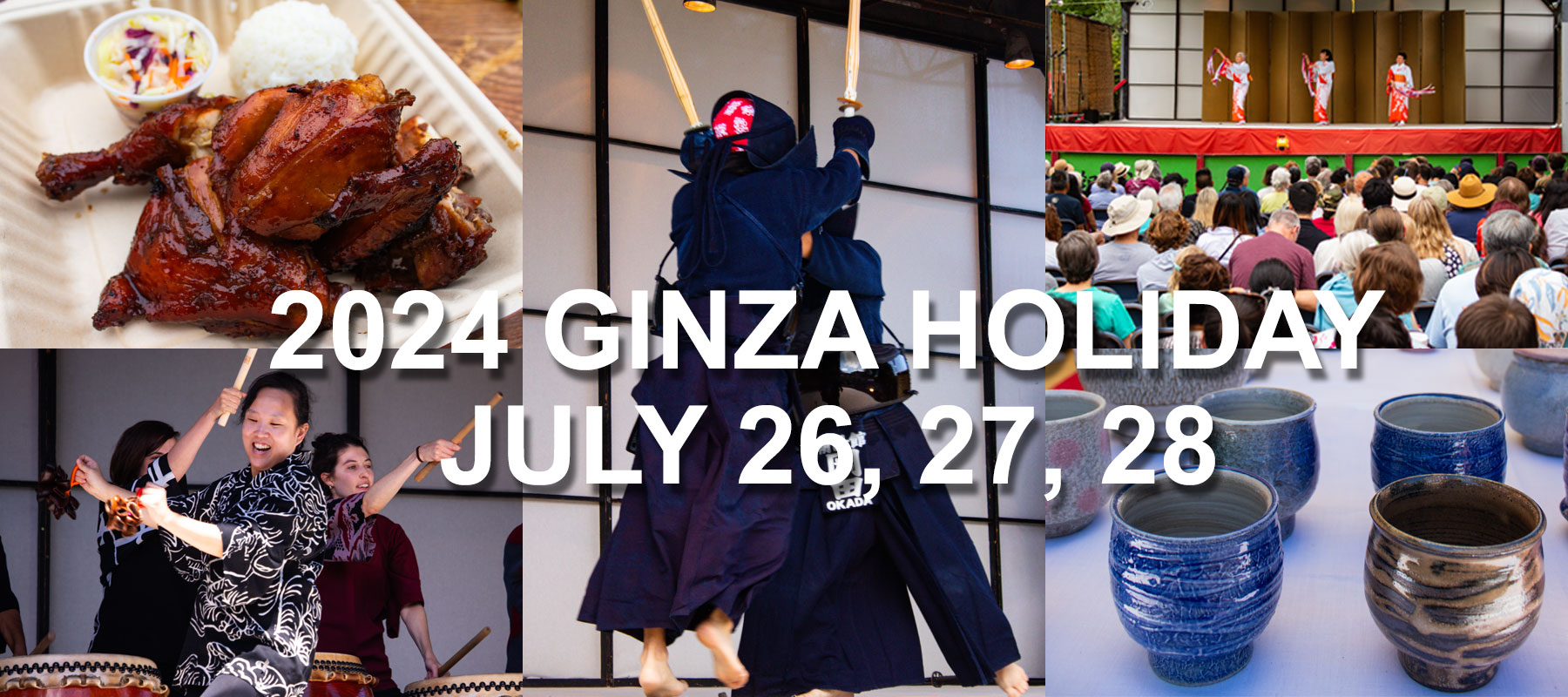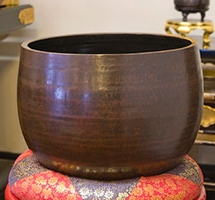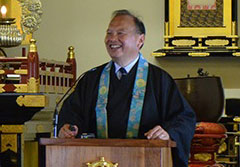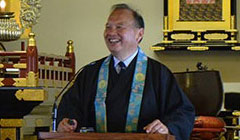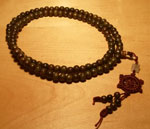2024 Ginza Holiday Dates
GINZA HOLIDAY 2024 will take place on July 26, 27, & 28.
Yes, that’s right! For the first time, Ginza will take place in July. So mark your calendars and tell your friends and families! Help us spread the word to all of our members, guests, and volunteer workers about this year’s new dates! As we finalize details, we will update our Ginza website. We hope to see you at GINZA in JULY!

date posted:

